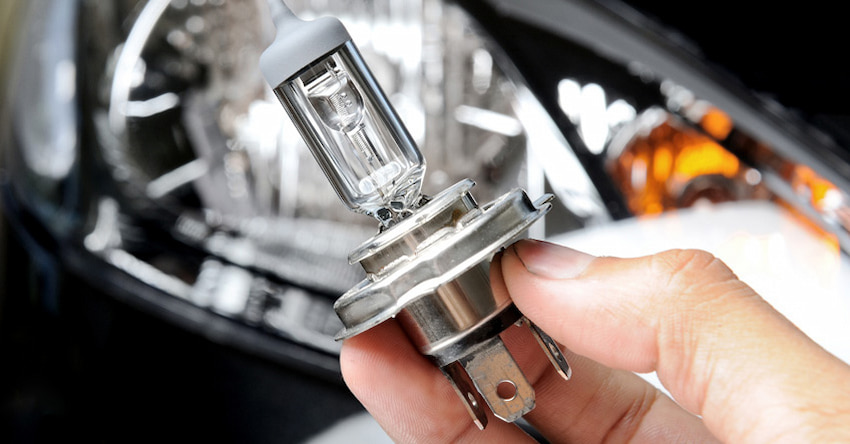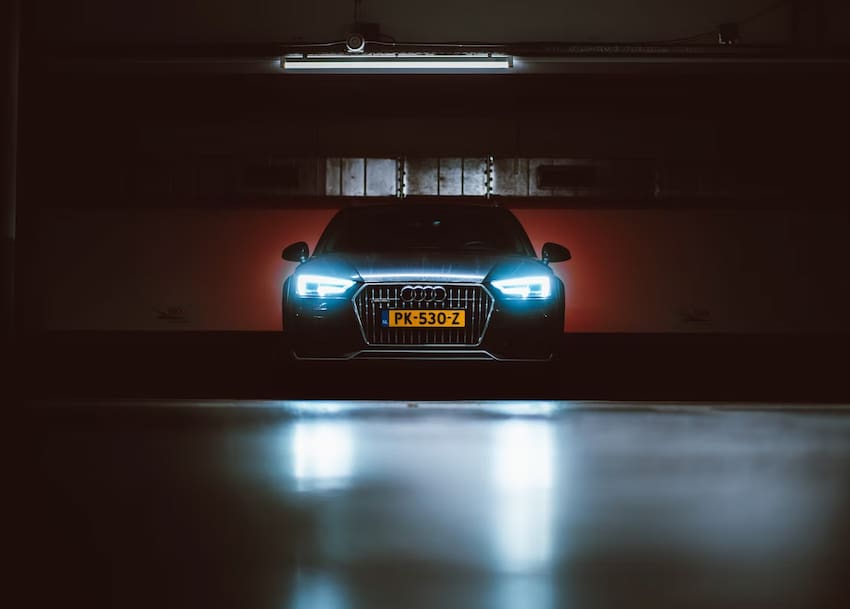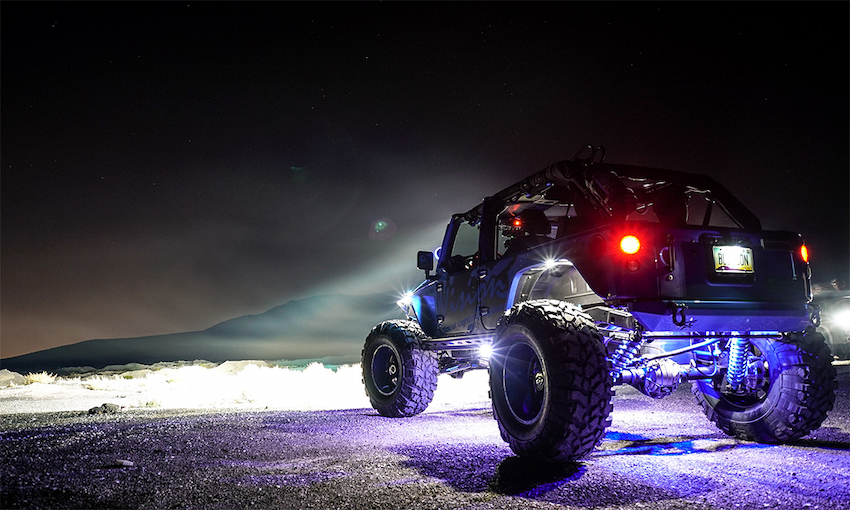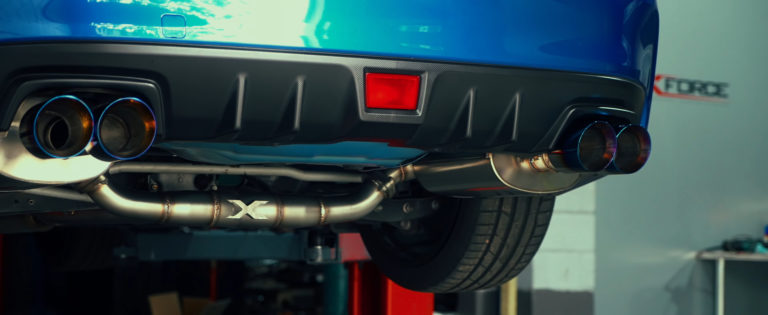Finding the right lighting for your 4×4 can be quite difficult. No matter whether you’re trying to replace your stock lights, or want to add auxiliary 4×4 lights, you probably feel overwhelmed by the sheer amount of choice. Worse off, you might not know the difference between LED automotive lighting, Halogen, HID and Xenon. Most people just want to be told what they need and get it over with. Going to the local automotive parts store might seem easier, but you’ll probably be welcomed by someone who has a sales target, and their advice might not suit your needs or your vehicle. Luckily for you, I’ve put together this quick and easy guide that will teach you the basics.
Every vehicle, model and year is different, which makes finding out the type of bulb you need confusing. Before you shop, make sure you check your vehicle manual for the details of your car. You’ll generally find the type of bulb that’s suitable there, in the lighting section. Unfortunately, some manufacturers don’t bother, in which case you’ll have to manually inspect your bulbs. Simply remove the bulb and check out the base of the plastic or metal. You should be able to find the specifications there, including the wattage, colour and application. The bulb will be marked with an application number such as D2S, HIR2, H1, 9005, or something similar.
Types of Light Bulbs
Filament or Halogen Bulbs
Halogen bulbs feature inert gas and a small amount of halogen, hence their name. The addition of xenon allows the filament to burn brighter for higher output. Blue coating can be added to the bulb to make the colour more white. This may lead to a small reduction in intensity, but sometimes colour is preferred over intensity. Bulbs that feature higher wattage produce more light, but will generally last less. Their colour range is from 2900K to 5900K, and they can illuminate from 20% to 200% more than conventional halogen bulbs. High-power halogen bulbs last around a year, whereas lower-power halogen bulbs can last up to 3-4 years.
LED Bulbs
LEDs can last anywhere between 2 to 12 years. They typically provide bright, white-coloured illumination, and they’re up to 300% brighter than conventional halogen bulbs. LED brightness is measured in lumens, and they’re quickly becoming the go-to lights for drivers around the world, especially off-roaders who want all the illumination they can get. However, not all LED automotive lighting is road-legal, which is why they’re mainly used by off-roaders. Avoid buying cheap LEDs, and try to stick to well-known brands.

Xenon HIDs
These bulbs come in the 35W-55W power output range, and are available in 5000K, 6000K and 8000K colours, meaning they’re capable of providing immense amounts of light. They’re considered the brightest aftermarket lighting option, and most are available in plug-and-play systems. Typically, you can expect anywhere from 2 to 5 years of use out of them, and just like LEDs, they aren’t always road-legal.
Purpose of Automotive Lighting
Maximum Vision

Some bulbs are designed to provide as much light as possible while still remaining road legal. Generally, they’re up to 50% whiter and up to 200% brighter than conventional halogen bulbs. On the downside, however, they have the shortest life. You’ll generally get a maximum of 3 years of use from them.
Vision and Style
These bulbs provide a combination of vision and style. They generally provide up to 60% more light, while also retaining a crisp white beam pattern.
Long-Life
These bulbs last longer than conventional bulbs. They’re not designed for high light output, high brightness or white colour. Instead, they provide a similar output to stock bulbs. What these bulbs excel in, however, is life expectancy. You can get as much as 10 years out of them, depending on the model and your driving habits. These are ideal for those who don’t care much about light output, and don’t want to constantly deal with changing bulbs.
Off-Road

The purpose of these lights is to provide as much illumination as possible. As aforementioned, this is why most lights suitable for off-road use are LEDs or Xenon HIDs. LEDs are preferred not just because of their lighting output, but also because they’re resistant to the vibration and shocks that come from off-roading.
The Final Word
The aftermarket automotive lighting market is full of products suitable for all types of vehicles, makes, years and purposes. No matter whether you’re looking for off-road LED lights to make your off-roading journey safer, or just want to replace your broken-down stock lights and stick to the paved roads, there’s a suitable solution for you. It’s important to find lights that fit your vehicle and application. Make sure the lights you buy are road-legal, unless you plan to use them for off-roading purposes exclusively. Shop for lights online, and buy from brands that are reputable and abide to your local rules and regulations.















